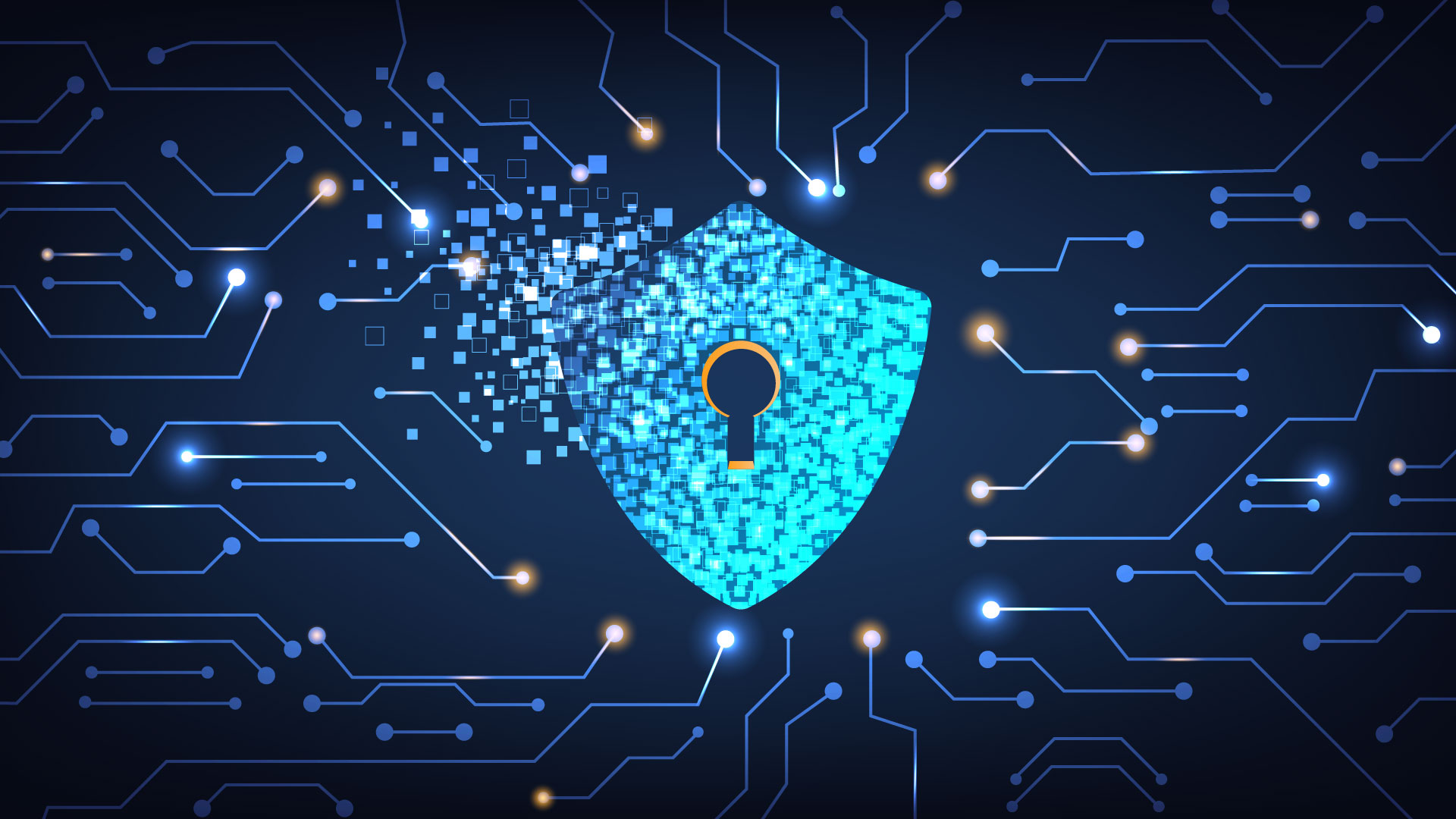In an era where digital interconnectedness is the norm, the safeguarding of sensitive information and critical systems has become paramount. This imperative task falls under the purview of Cybersecurity, a field dedicated to fortifying the digital realm against threats and ensuring the integrity, confidentiality, and availability of data. This article delves into the intricate landscape of Cybersecurity, exploring its significance, challenges, and the evolving strategies to protect our digital frontiers.
1. The Essence of Cybersecurity
At its core, Cybersecurity is the practice of defending computer systems, networks, and data from malicious attacks. These attacks can take various forms, including malware, phishing, ransomware, and other sophisticated methods employed by cybercriminals to exploit vulnerabilities and gain unauthorized access.
2. The Pervasiveness of Cyber Threats
Cyber threats have grown in sophistication and scale, targeting individuals, businesses, and even nations. The digital landscape is rife with potential vulnerabilities, and cybercriminals continually adapt their tactics to exploit weaknesses. From stealing sensitive data to disrupting critical infrastructure, the consequences of cyber attacks are far-reaching.
3. Key Components of Cybersecurity
Cybersecurity encompasses a multifaceted approach to protect against a diverse range of threats:
- Network Security: Securing the integrity and confidentiality of data transmitted over networks.
- Endpoint Security: Safeguarding individual devices, including computers, smartphones, and IoT devices.
- Identity and Access Management (IAM): Controlling and monitoring access to systems and data.
- Data Protection: Encrypting sensitive information and implementing measures to prevent data breaches.
- Incident Response: Developing plans and protocols to respond effectively to cybersecurity incidents.
4. The Human Element: Training and Awareness
One of the critical factors in Cybersecurity is the human element. Training and awareness programs are vital to educate individuals within organizations about potential threats, safe computing practices, and the importance of adhering to security protocols. Human error remains a significant contributor to successful cyber attacks, making education a potent defense.
5. Evolving Threat Landscape: A Cat-and-Mouse Game
As cybersecurity measures advance, so do the tactics of cybercriminals. The threat landscape is in a constant state of evolution, with new attack vectors and techniques emerging regularly. Staying ahead in this cat-and-mouse game requires continuous vigilance, threat intelligence, and proactive defense strategies.
6. The Role of Artificial Intelligence
Artificial Intelligence (AI) is both a double-edged sword and a powerful ally in cybersecurity. While AI-driven tools enhance threat detection, automate responses, and analyze vast datasets for anomalies, cybercriminals also leverage AI to orchestrate more sophisticated attacks. The interplay between AI and cybersecurity is shaping the future of defense and offense in the digital realm.
7. Regulatory Compliance and Cybersecurity
Governments and regulatory bodies are increasingly recognizing the importance of cybersecurity in protecting sensitive information. Regulations and compliance standards mandate organizations to implement robust cybersecurity measures, ensuring the responsible handling of data and mitigating the risk of breaches.
8. Ethical Considerations in Cybersecurity
The ethical dimension of cybersecurity is gaining prominence. Balancing the need for robust defense with considerations of user privacy, responsible disclosure of vulnerabilities, and the ethical use of cyber capabilities becomes integral in navigating the complex landscape of cybersecurity.
Conclusion
In the dynamic and interconnected world of the digital era, cybersecurity stands as a guardian, defending against the ever-present and ever-evolving threats that lurk in the virtual shadows. As we navigate the landscape of cybersecurity, the collaboration between technology, human awareness, and ethical considerations becomes the linchpin in fortifying our digital frontiers. In the relentless pursuit of cyber resilience, the guardians of cybersecurity remain at the forefront, ensuring the digital realm remains a secure space for innovation and progress.

